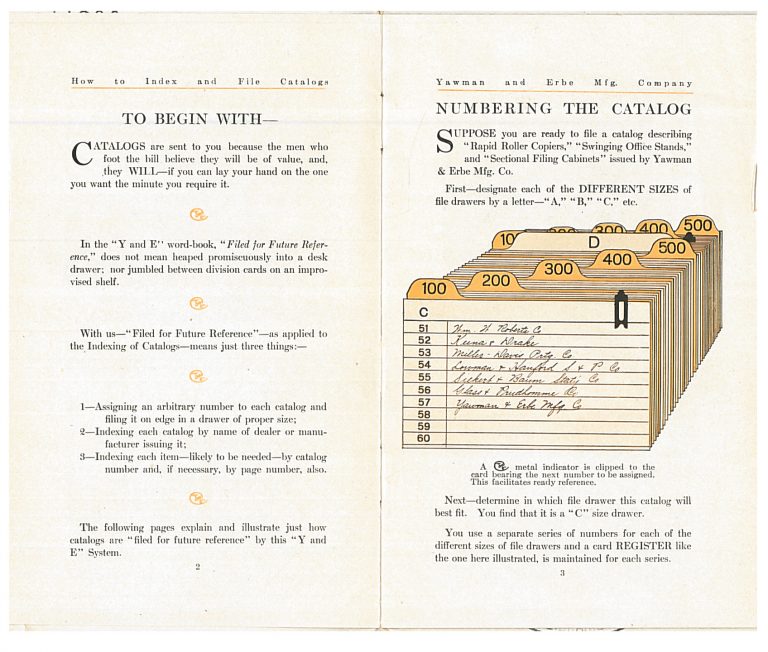

Work Opened in Private", Building and Engineering News, 17: 30, 12. "In 1918 an Architectural Sensation", Architectural Forum, 74: 4, 94, 04/1941. Nairn, Ian, American Landscape A Critical View, 97, 1965. National Trust for Historic Preservation, "Financial Aspects of Preservation", America's Forgotten Architecture, 250-251, 1976. The architectural firm of Kaplan, McLaughlin and Diaz supervised a restoration of the Hallidie Building in 1979.

In the 1980s, the California First Bank had an office on the ground floor of the Hallidie Building. In 1875, the Levison Brothers Jewelry Building occupied the site at 134 Sutter Street. In most architectural histories, the Hallidie Building is cited as one of the earliest buildings in the world to employ a curtain wall system.

282.)Īndrew Hallidie (1836-1900) was the inventor of the San Francisco cable car, and served as a Regent of the University of California the building was completed for the University of California's Regents. Atkins, jointly, for a seven-story and basement building of the reinforced concrete type on the lot on Sutter street between Montgomery and Kearney streets, San Francisco, owned by the Regents for fifteen years, at an annual rental of $28,000, and authorized a contract with Willis Polk and Company for architectural services for this building." (See "Building on the Sutter Street Lot," Annual Report of the President of the University 1916-1917, University of California Bulletin, Third Series, vol. The Annual Report of the President of the University 1916-1917stated: "May 8, 1917, the Regents approved a lease to the Yawman and Erbe Manufacturing Company and Robert S. They signed a lease with the Yawman and Erbe Manufacturing Company, an office furniture manufacturer based in Rochester, NY, and Robert S.

Polk (1867-1924) to design this seven-story office building for a site on Sutter Street in 1917. The Regents of the University of California commissioned San Francisco Willis J. ) This visionary work and its radical curtain wall has made it into the canon of works discussed by historians of Modern architecture.
YAWMAN ERBE MANUFACTURING ROCHESTER NY ARCHIVE
It was this building that had given Willis Polk his place in the annals of modern architecture when he died prematurely at the age of 59 in 1924." (See David Krah, California Historical Society manuscript record on the Online Archive of, " Finding Aid to the Willis Polk Scrapbooks, 1908-1924 MS Vault 89," accessed. Commissioned by the University of California Regents, the Hallidie Building (1917) was the first glass curtain walled building ever constructed. But it was also during this period that he designed and constructed his masterpiece, the Hallidie Building. A writer for the Online Archive of California, David Krah, noted that Polk spent a great deal of the period 1916-1920 on ".promoting civic improvement and grand architectural schemes such as bridges across the bay and the Golden Gate a shore line railway from Sutro Heights to Fort Funston and, a major renovation and landscaping of Sutro Heights. By 1917, he had experienced a reduction in projects, in part due to World War I's disruptive effects on the US building industry, so another office building job from the UC Regents came at a good time. Polk had earlier worked with the Regents on an office building for them at 41 1st Street in San Francisco, completed by 1911. The commission for the Hallidie Building from the Regents of the University of California had come to him late in his career.


 0 kommentar(er)
0 kommentar(er)
